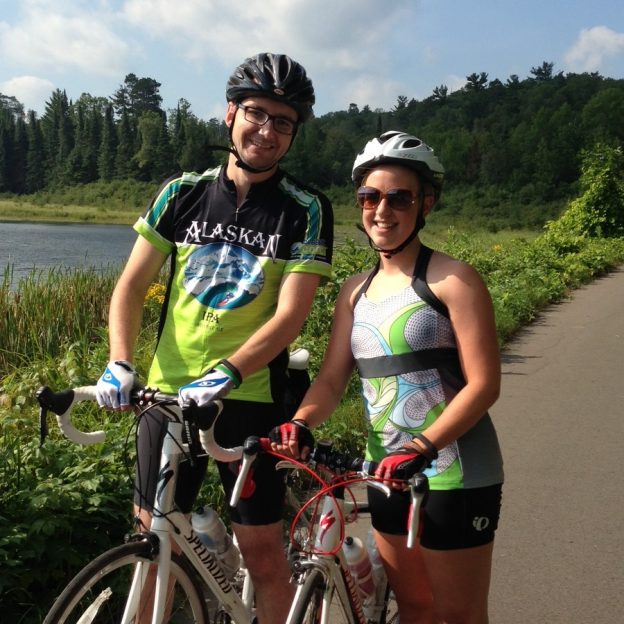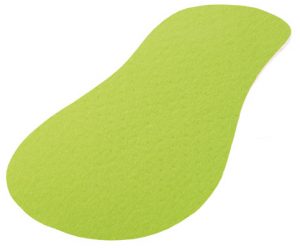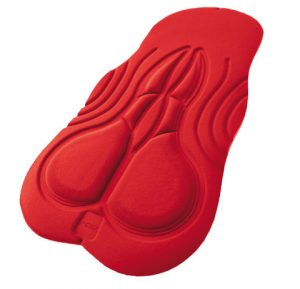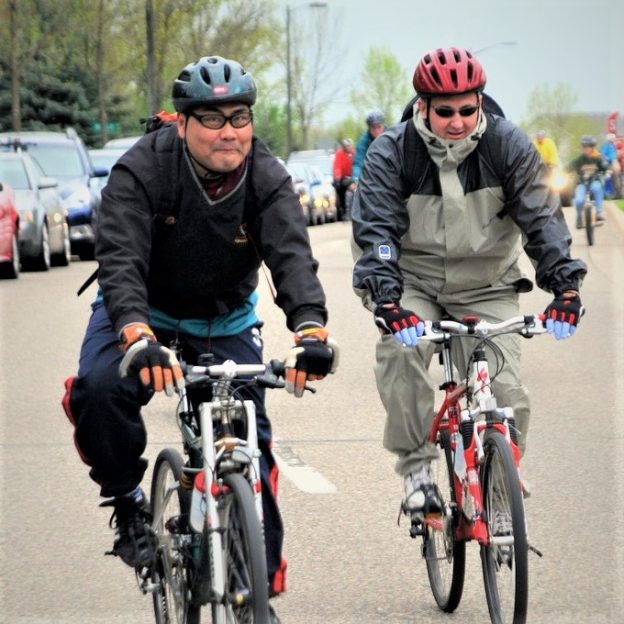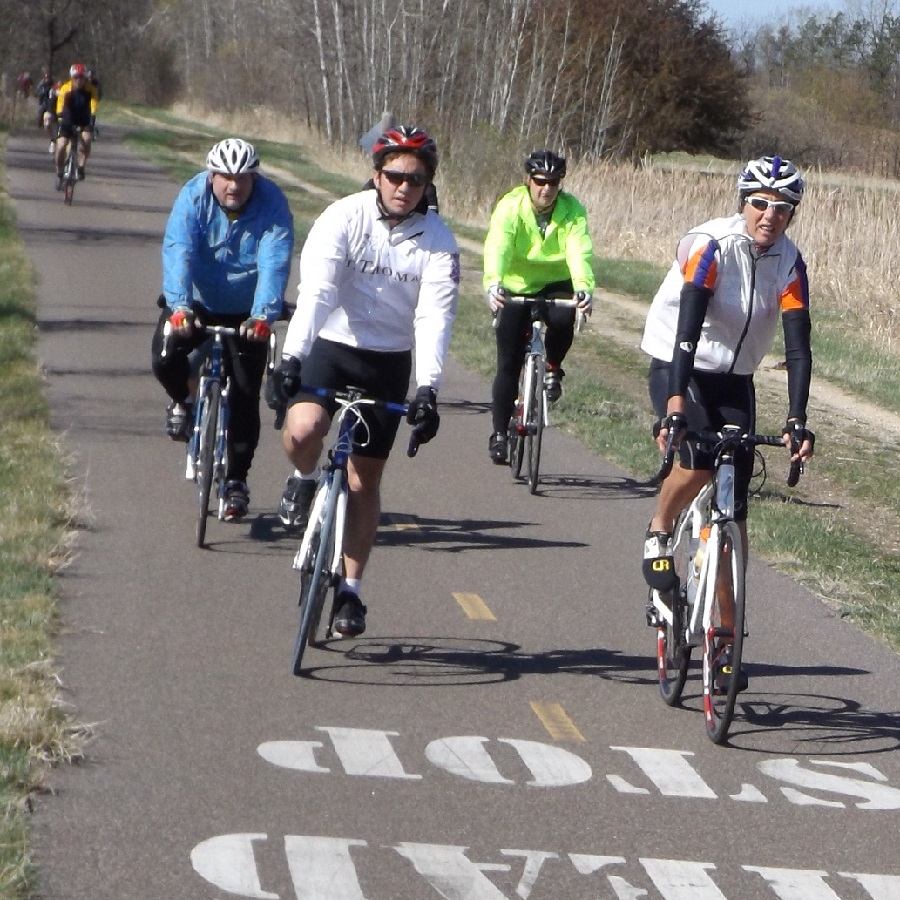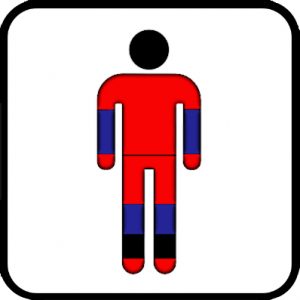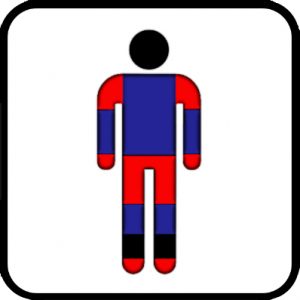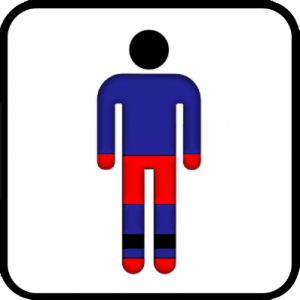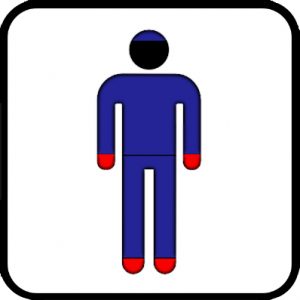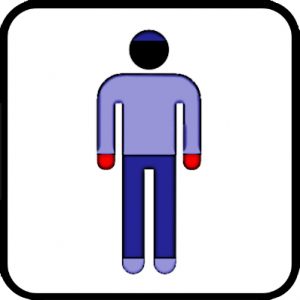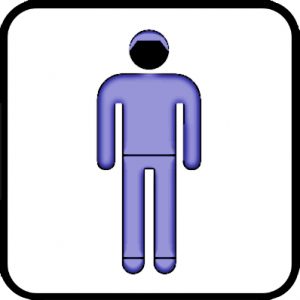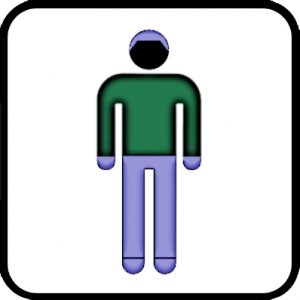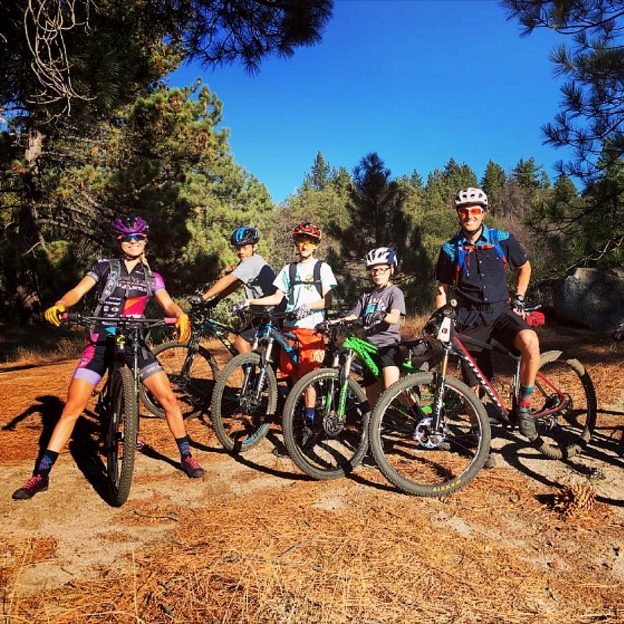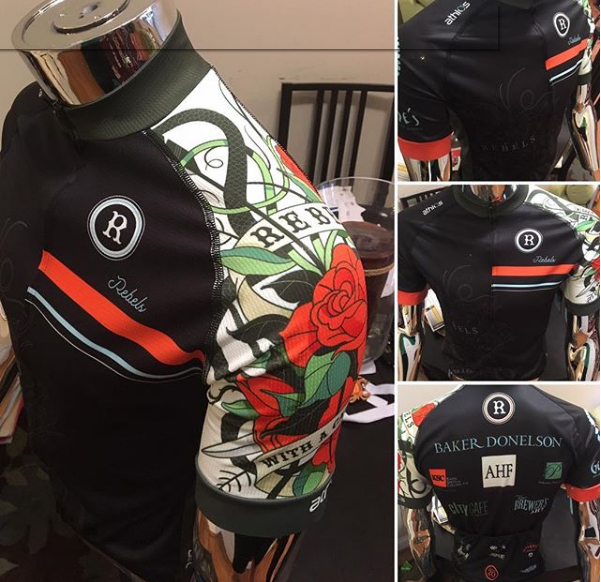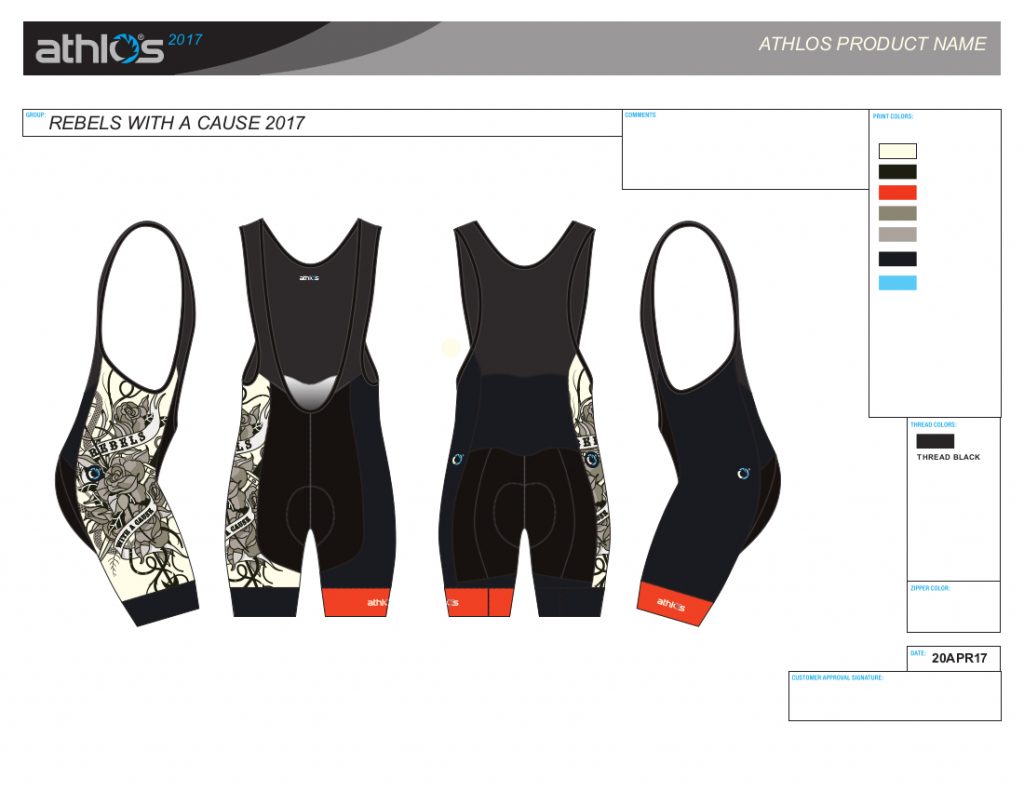by John Brown, HaveFunBiking.com
Bike shorts combat one of the most common concerns for bike riders – a sore rear end. To best explain how bike shorts fix the problem, let’s look at what the problems are.
Why Do you Need Bike Shorts?
-New Muscles
Most people aren’t used to sitting only on their backsides. On chairs, stools or couches we disperse our weight over the back of our thighs as well as our bottom. Asking our gluteus maximus to suddenly support all our weight is essentially weightlifting for your butt and some discomfort is normal.
-Movement
When riding at a casual pace, you can easily complete 3000 pedal strokes in one hour. That much movement over a bike seat can cause some chaffing.
-Fit
The last cause is the fit of your bicycle and seat. A poor bike fit can cause a lot of discomfort so check that first. Just like anything else you put on your body, it’s possible that your seat doesn’t fit. To find a seat that fits, see our article on saddle fit.
Bike shorts contain a pad that can diffuse the pressure on your backside, eliminating a lot of discomfort from using new muscles. The shorts allow your legs to glide over it and relieve any instance of chaffing. Finally, shorts can sometimes solve issues with a poor fitting saddle by filling in spaces where you need support but your saddle isn’t offering it.
How do I pick bike shorts?
Shorts come in all shapes and sizes. Tight shorts are popular because they offer great comfort as well as unencumbered movement around the bicycle. Baggy shorts are very popular for their casual look and the sddition of pockets. There are even cycling skirts (called skorts) that offer excellent comfort and great off the bike look.
First, lets talk about the pad (also called the chamois). The pad is the single most important part of a cycling short, it does all the work and has the largest effect on comfort.
-Single density pad
Mostly found on inexpensive shorts, a single density pad consists of a foam pad with a soft material bonded to the outside. These pads are the same thickness from edge to edge. The pad relieves pressure where your body hits the saddle and the soft outer material is smooth on your legs while pedaling.
-Multi density pad
Found on mid range shorts, multi density pads are made from a similar material as a single density pad. Multi density pads offer thicker padding where a rider makes contact with the saddle and less padding where pressure is not as direct. By varying the thickness of padding, this chamois conforms to the facets of a riders body, adds padding where its needed most, and uses the soft material of the pad to combat chaffing where padding is not needed.
-Multi part pad
This pad is like the multi density pad in concept (more where you need it, less where you don’t), but uses very different materials depending on location. Typically these pads have denser foam where you sit, smoother materials on either side to resist chaffing, and often incorporate anti bacteria materials. These pads are only found on high end shorts, and offer the best possible comfort.
What about the outside of the bike shorts?
Bike shorts use tons of materials so to go into detail about each one would be impossible here. The easiest way to talk about the outside of the short is to break it into two categories: fabric and cut.
-Fabric
The materials for cycling shorts need to do two things: flex freely when you pedal and move moisture off your body, much like a cycling jersey. Shorts typically use very flexible materials like Lycra to move freely as you pedal. Lycra (or similar materials) flex incredibly well, but don’t to a great job moving moisture (sweat). The more moisture held onto your body, the greater the chance for chaffing and discomfort. To get the optimal flex and moisture management, most manufacturers use a mixture of materials within the shorts. As the cost of the shorts increase, the material typically does a better job flexing and moving moisture. The inexpensive shorts usually flex, but don’t keep you dry.
-Cut
Because the materials used to make the short don’t have infinite flexibility, the cut of a cycling short is very important. As shorts become more expensive, manufacturers use more sections of material (called panels) bonded together to conform to the shape of your body. In baggy shorts, more panels allow you to move freely, and to move seams away from areas that make contact with the saddle (eliminating the possibility of chaffing). A general rule of thumb is the more expensive the short, the more panels it has.
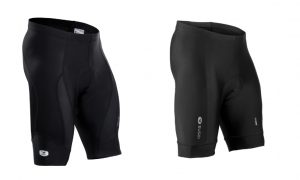
The shorts on the left use many panels while the shorts on the right use only four
How do I know if my bike shorts fit?
Bike shorts are cut to fit best while riding. This means that they are designed to fit snugly when seated on a bicycle. When you initially try them on and stand upright you may feel as if the back of the pad is “loose”. Place your hands on your knees (replicating the leg/back angle on a bicycle) and the shorts should be snug throughout. If the shorts feel too snug or too loose, it’s best to try a different size.
Now that you know these helpful tips about bike shorts, you should feel comfortable that you can find the right pair for you.
